Restaurant interior design focuses on recombining creativity, functionality, and brand identity that leads to attracting a pleasing ambience. It includes all design elements such as distribution of space, colour combination, furniture selection, lighting, and ornaments. These items will form a perfect blend to make customer dining experiences both comfortable and attentive.
Post your Requirement
A good restaurant will attract customers and will keep them longer, of course, adding more sales. While effective interior design expresses the concept and brand behind a restaurant, it also meets the natural needs of guests and employees. For those new owners or refreshing their space on a budget, aesthetically pleasing design ideas can add ambience without being over budget.
Who Are Restaurant Interior Designers?
An interior designer who specializes in restaurants is a person who knows how to design spaces inside restaurants that are both functional and aesthetically pleasing. They know which elements of design make customers behave in certain ways, and also influence the spatial composition and the overall experience of dining. They can incorporate the branding of a restaurant in the space, so every last detail colour material furniture and lighting all work together in unison to establish its identity.
When a user searches online for a “restaurant interior designer near me,” they will find experts in the field who can bring firsthand knowledge and experience to the table. Restaurant interior designers usually provide concept development, space planning, and detailed design execution within their services. They work closely with restaurant owners to conjure spaces that speak to the target audience and support efficient operations.
Restaurant Interior Design Ideas
1. Open Spaces Be Embraced
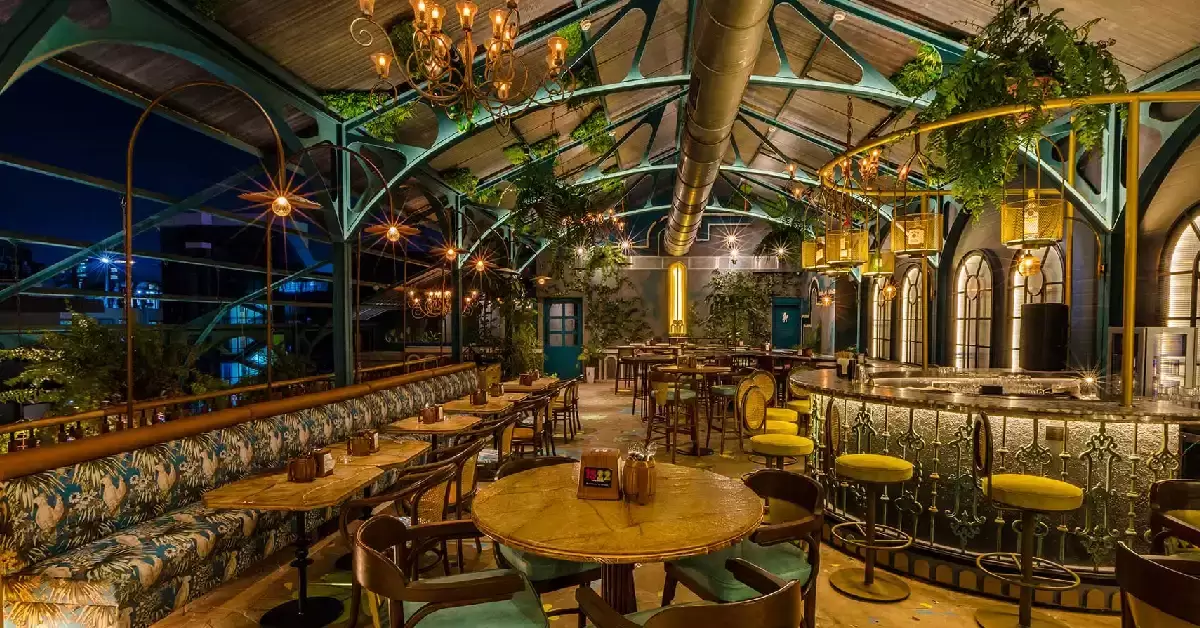
- Fluid Layout: Creating fluidity in the layout is a crucial element to ensure functionality as well as comfort in the restaurant space. Open spaces make it easier to move in the place; therefore, open spaces can make the dining space feel warmer and cosier. Remove as much of the physical barriers as possible like creating a space that has fewer walls or partitions so guests can interact with each other.
- Tip: Choose moveable furniture that can be readily rearranged in conjunction with changing groups. At peak times, large tables might need to be used, but at other times you can use smaller tables, combined or separated as needed.
- Use Natural Light: Natural light can be an incredibly strong design element, shifting the entire feel of a restaurant. The bright airy places full of sunlight just do something that is inviting in a way that makes customers sit down and stay awhile to enjoy their meals.
- Cost-Effective Idea: If the structural aspect of windows cannot be made changes with an increase in size, then mirrors should be placed in the right places. Mirrors reflect light and increase the illusion of a bigger, better-lit space; therefore, enhancing the mood altogether with minimal expense.
2. Select A Harmonious Color Scheme
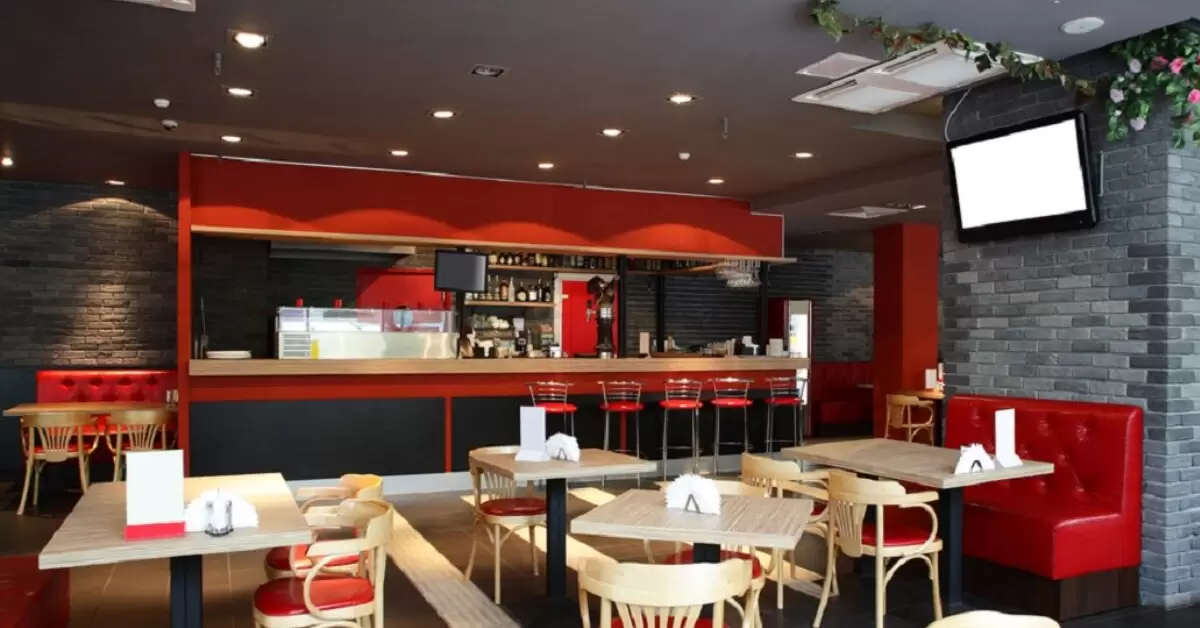
- The Psychology Of Colours: Colors have profound effects on mood and perception. The use of an appropriate colour scheme that defines the theme of a restaurant can make a lasting impression on its guests.
- Warm Colors: Reds, oranges, and yellows stimulate the appetite and are known to encourage conversations. These colours will work best if used in casual dining restaurants or restaurants where most of their offerings are comfort foods.
- Cool Colors: Blues and greens are often seen to be associated with restful feelings and are great for a cafe or restaurant aiming to create a serene dining experience. These colours calm and soothe and even help drop your stress levels and contribute to a more peaceful environment.
Budget Tips
- Paint: The cheapest way of redecorating a space is through painting. A fresh new coat of paint may work wonders in transforming the atmosphere and appearance of your restaurant. Choose at least one two or even three primary colours to stick with, so your guests are not bombarded.
- Accent Walls: Paint the whole space as you often do, but have an accent wall. The feature will make your room stand out and give your space its character without too much renovation work. Use wallpaper, stencils, or textured paint to make it a focal point.
3. Invest in Functional Furniture

- Comfort Meets Style: One of the most important selection processes in the interior design of any restaurant is furniture selection. While it might just enhance the beauty of the place, it does play a crucial role in ensuring comfort for guests. Well-planned furniture spending can really upgrade the dining experience while enhancing the warmth of the place.
- Multi-Purpose Furniture: Use furniture that serves multiple purposes-for example, storage inside the benches or extending tables for bigger groups. That flexibility can make the best use of space and maximize versatility during busy times.
Budget-Friendly Options
- Thrift Stores: The best place to locate second-hand furniture would be in thrift stores, estate sales, or even online. These items can either be reused or upcycled into something fantastic and fitting the theme of your restaurant.
- Local Artisans: Involve local artisans who might offer you one-of-a-kind, handmade furniture at reasonable rates. This will help support local businesses while being sure your restaurant is filled with unique pieces.
4. Play With Lighting
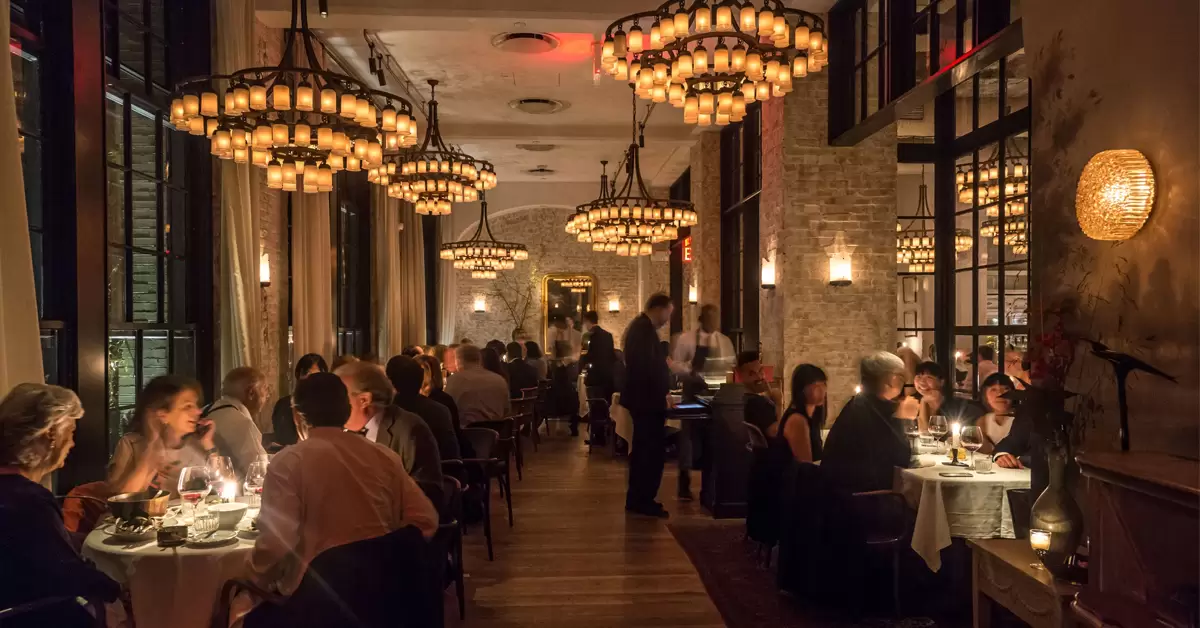
- Layered Lighting Techniques: Lighting is a key aspect in restaurant interior design and helps to set the mood of any restaurant. Proper application of light is essential in creating a welcoming and inviting dining experience.
- Ambient Lighting: This type of lighting provides general illumination that fills the entire space. Soft, diffused lighting creates a warm atmosphere; thus encouraging guests to relax and enjoy their meals.
- Task Lighting: There should be sufficient lighting in dining areas and service stations for functionality. Pendant or track lighting will introduce focused lighting where needed to enhance the usability of a space.
- Accent Lighting: Decorative fixtures, or spotlights, can be used to focus on architectural features, artwork, or other points in the restaurant. This brings depth and visual interest to the overall design.
Budget Lighting Solutions
- String Lights: String lights or fairy lights make it very affordable to get whimsical. They are great to drape across ceilings or walls, and they give a warm, cozy ambiance.
- DIY Fixtures: Get creative using materials you have with your design in lighting fixtures. Think mason jars, but definitely use repurposed industrial materials from an old factory.
5. Local Artwork
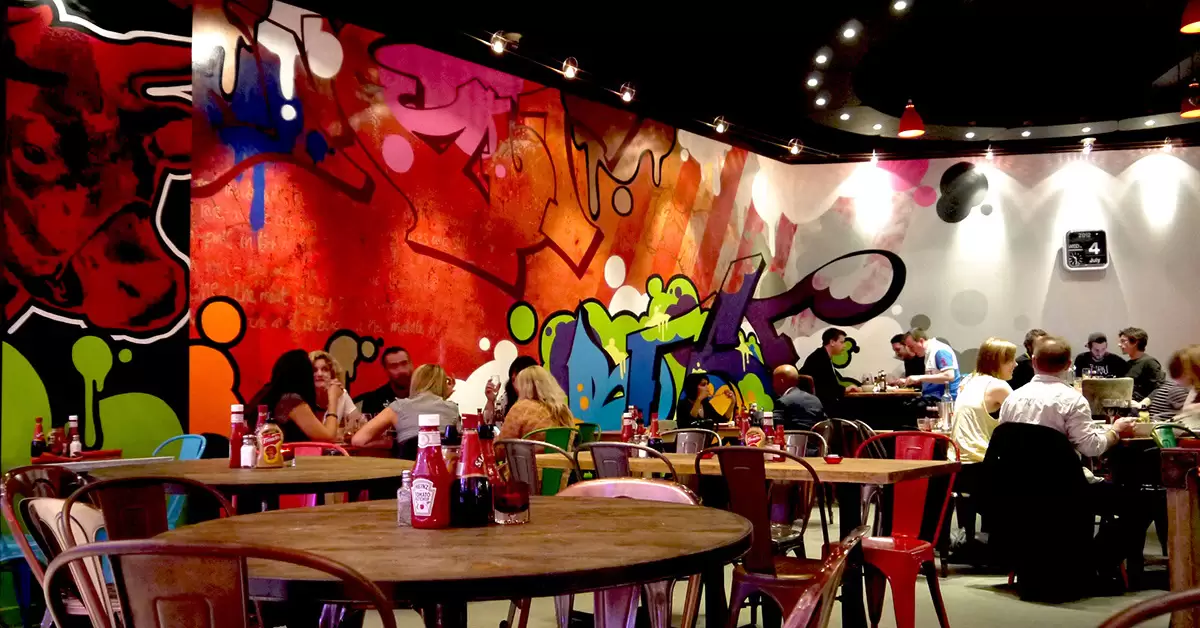
- Give Local Artists Your Support: Local art can bring character and beauty to your restaurant design while connecting you to your customer. Art from local artists can add personality to your space and allow for connecting with your customers.
- Rotate Exhibits: Use multiple artists on a rotating basis to keep it fresh and interesting for repeat customers while exposing local artists.
Low-Cost Ways to Display Art
- Art Swap: This is when it can allow local artists to use the space for art swaps where they could display their work in return for promotion. This way, there’s a positive result as two parties can gain visibility for both the artist and your restaurant.
- DIY Art Projects: Partner with your staff or other members in your community to create one-of-a-kind art that defines your restaurant. This can be a fun and engaging team-building exercise and may produce some very creative pieces that fit well with your brand.
6. Sustainable Materials
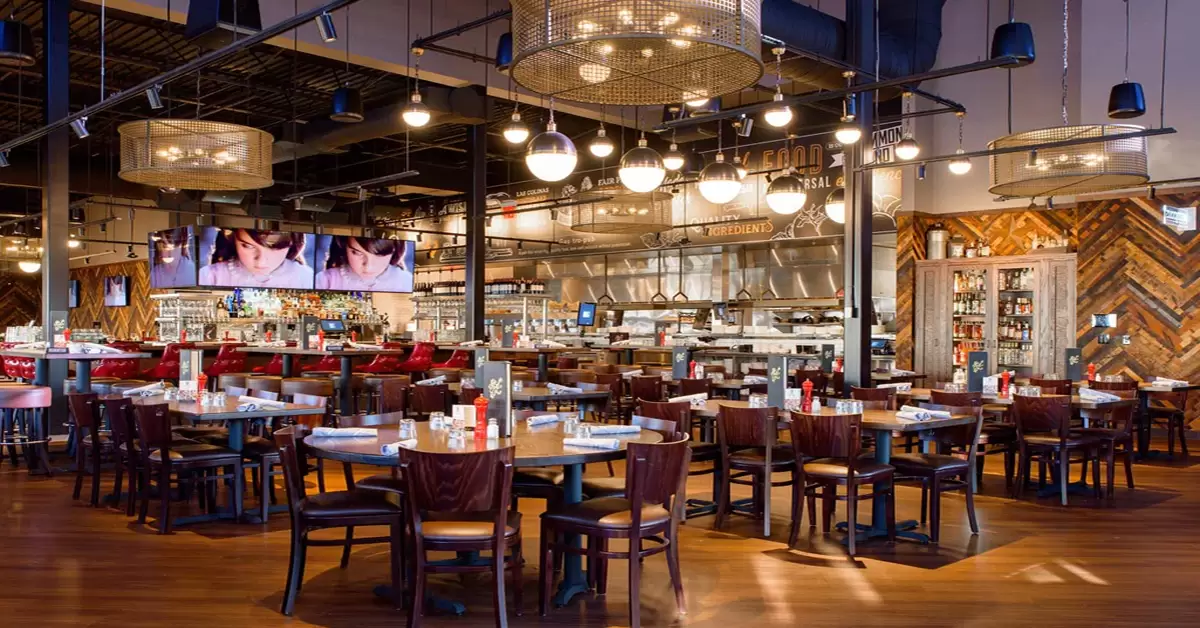
- Eco-Friendly Options: Restaurant design nowadays is part of the more important element which includes sustainability. Eco-friendly options can minimize harm to the environment while, at the same time, creating an eco-friendly fan base as customers appreciate responsible businesses.
- Recycled Materials: Incorporate some reclaimed wood, recycled metal, or sustainable fabrics into your décor. These materials add character and warmth to the space while reducing waste.
- Low-VOC Paints: Use low-VOC paints to improve indoor air quality. Both customers and staff are protected in this way, reducing exposure and creating a healthier environment.
Budget-Friendly Sustainable Practices
- Repurpose Old Items: Instead of disposing of old furniture or other decorative pieces, think of reviving them. This creates an oldness and uniqueness without prices and waste.
- Bring in Nature: Plants and organic elements can make an ambience warmer, and more peaceable. Even use potted plants or vertical gardens to bring some life to the space instead of huge costs.
7. Define Spaces Within Spaces

- Define Spaces Within Spaces By Building Separate Zones: The existence of zones in the restaurant contributes to the general experience while dining. With spaces defined, different categories of customers can be allocated to different areas.
- Casual Dining Space: Design a casual space for free-spirited diners with easy chairs and bright colours; dim light accommodates people to relax; hence it’s good for friends and families.
- Formal Dining Area: For the lavish experiences, you can have a different space with excellent, classy furniture and subtle, ambient lighting. This will enable you to include an extensive scope of clients while in the meantime having a style that binds everything together.
Zoning Budget Strategies
- Room Dividers: Utilize shelving units, plants, or decorative screens to carve out your space without an expensive structural change. They make it very easy to create a space that keeps up the open feel while giving you privacy at the same time.
- Seamless Space Separation: The difference in flooring will define separate spaces through the use of single, or varied, materials or colours. Wood flooring can be used in one area while tile in another, which can create a subtle definition between spaces.
8. Personalize Your Space
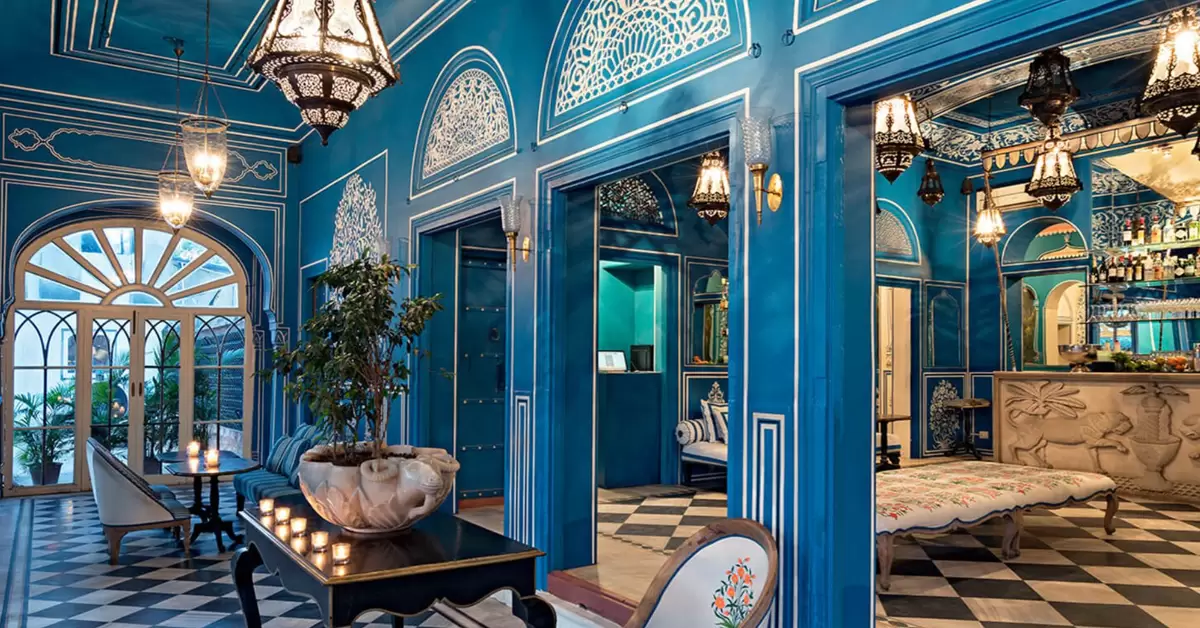
- Branding Through Design: Personalization of the restaurant’s interiors offers a unique identity to speak to customers. Features that can bring across their theme, cuisine, or culture are an added dimension for the place. Customized signs with the name of the restaurant and branding should be another good investment. Creative signs can add character to the restaurant and become focal points in the design.
- Themed Experience Design: Unique decor elements, like themed murals or signature centrepieces, can create memorable moments. These elements can become part of the identity of the restaurant and are a source of memorable experiences for the guests at the same time.
Cost-Efficient Personalization Tips
- Do it Yourself Décor: Have staff or community artists create personalized décor that reflects the restaurant’s cause. It will make employees feel as though they own the space, which improves the ambience of the room.
- Community Involvement: Use memorabilia or stories that tell of local history or culture. Besides personalizing the space, it fosters relations with customers too.
Conclusion
Add these eight budget-friendly interior design ideas to create a welcoming ambience in your restaurant. Improve the experience that you can offer to clients without over-awing with heavy expense. Once again, work with an interior designer for cafe spaces or restaurant interior designing services to enhance the ambience of your restaurant within budget.
With creativity, resourcefulness, and a focus on community engagement, the best interior design for your restaurant will become a reality and attract more customers and keep them satisfied. Create and envision ideas for that special space today!
Read Also: Explore Budget-Friendly Restaurant Interior Designers in Delhi NCR

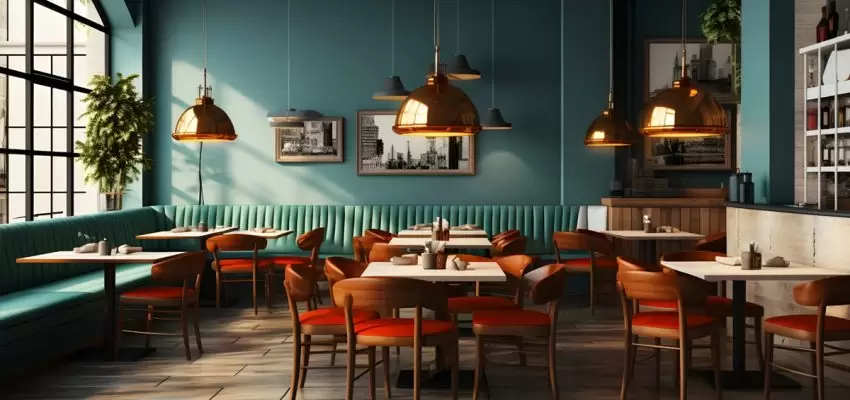
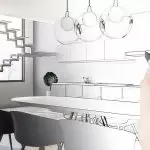
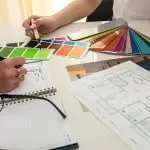
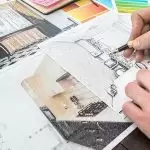


















Post A Comment